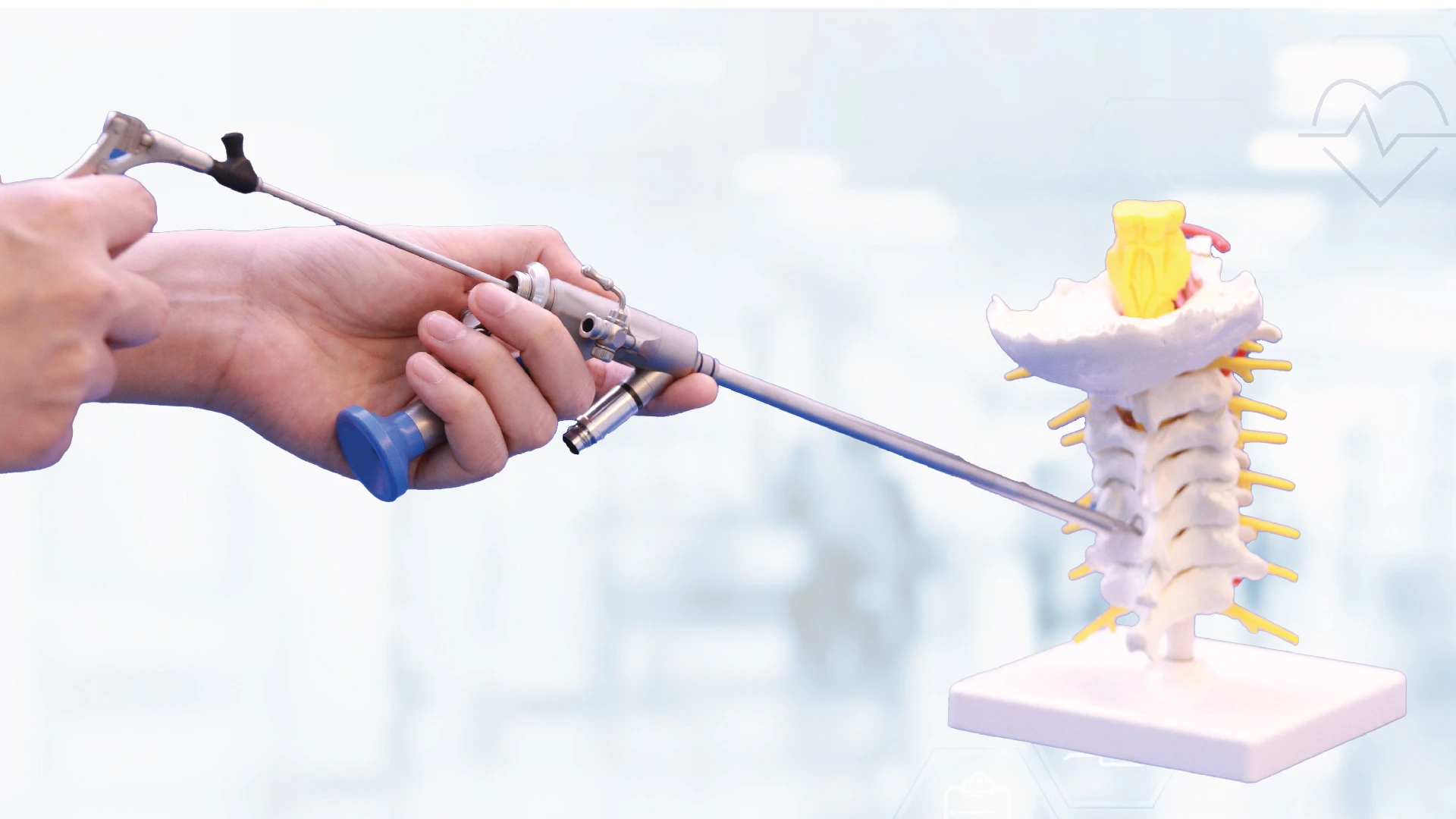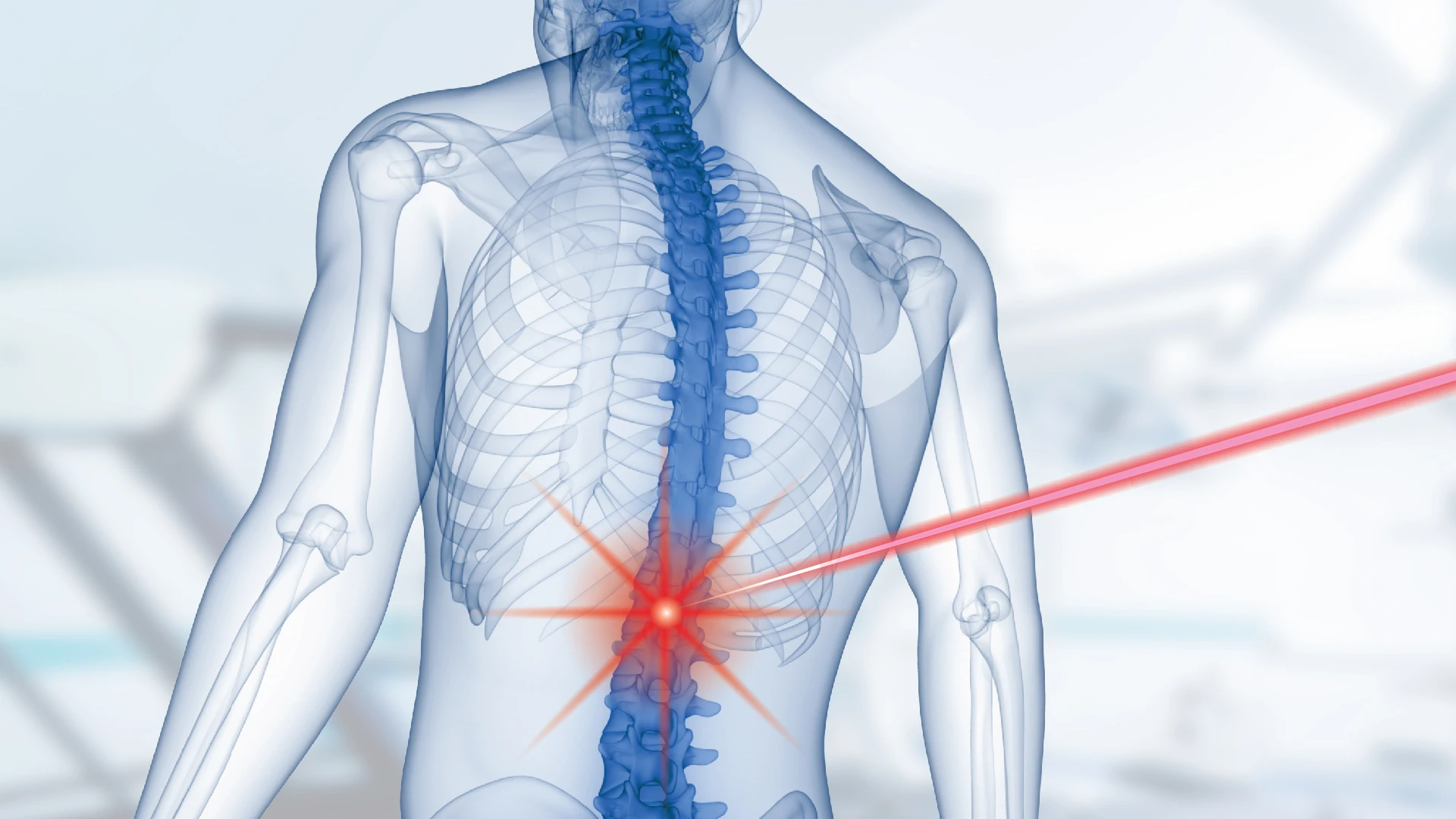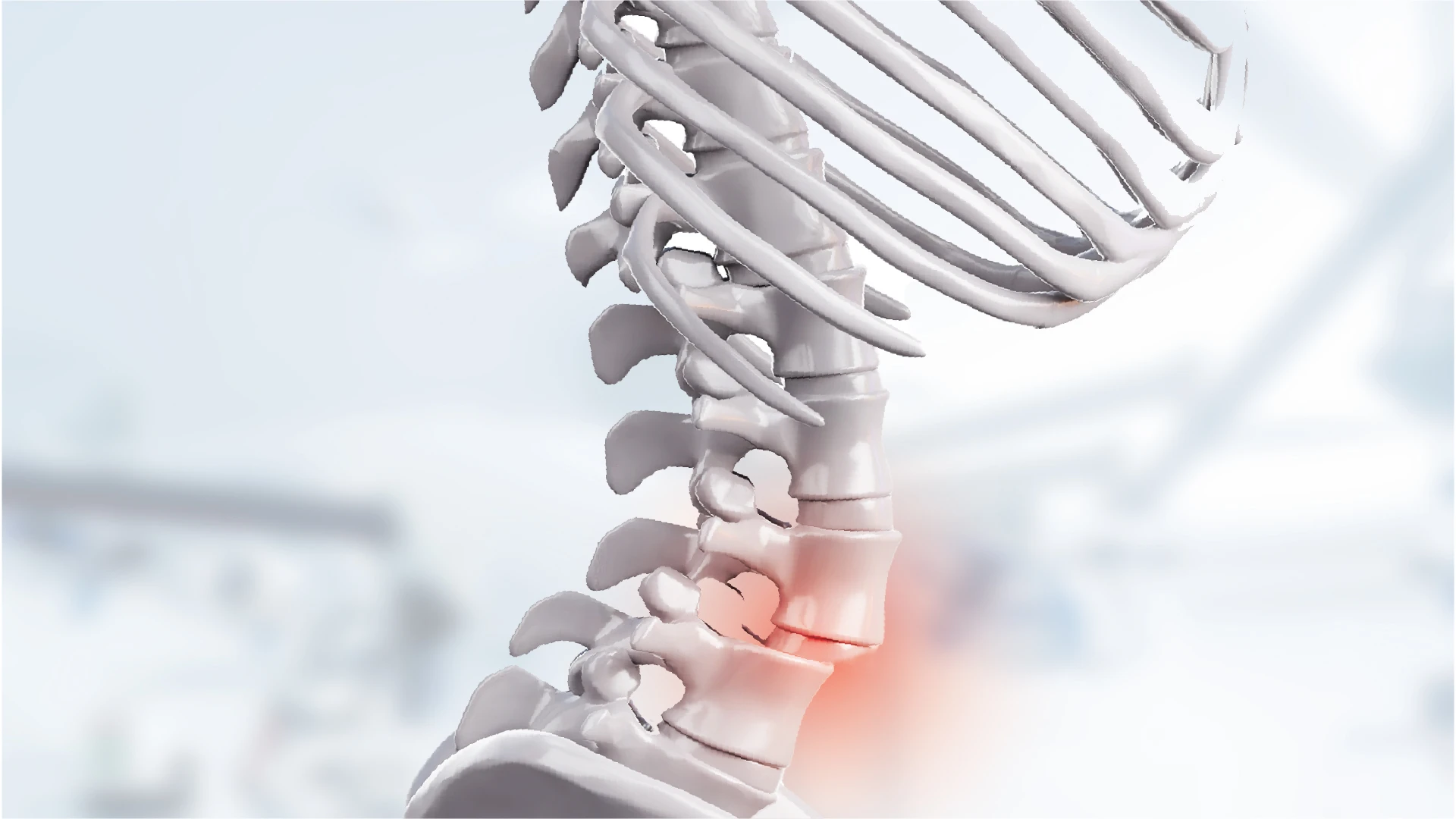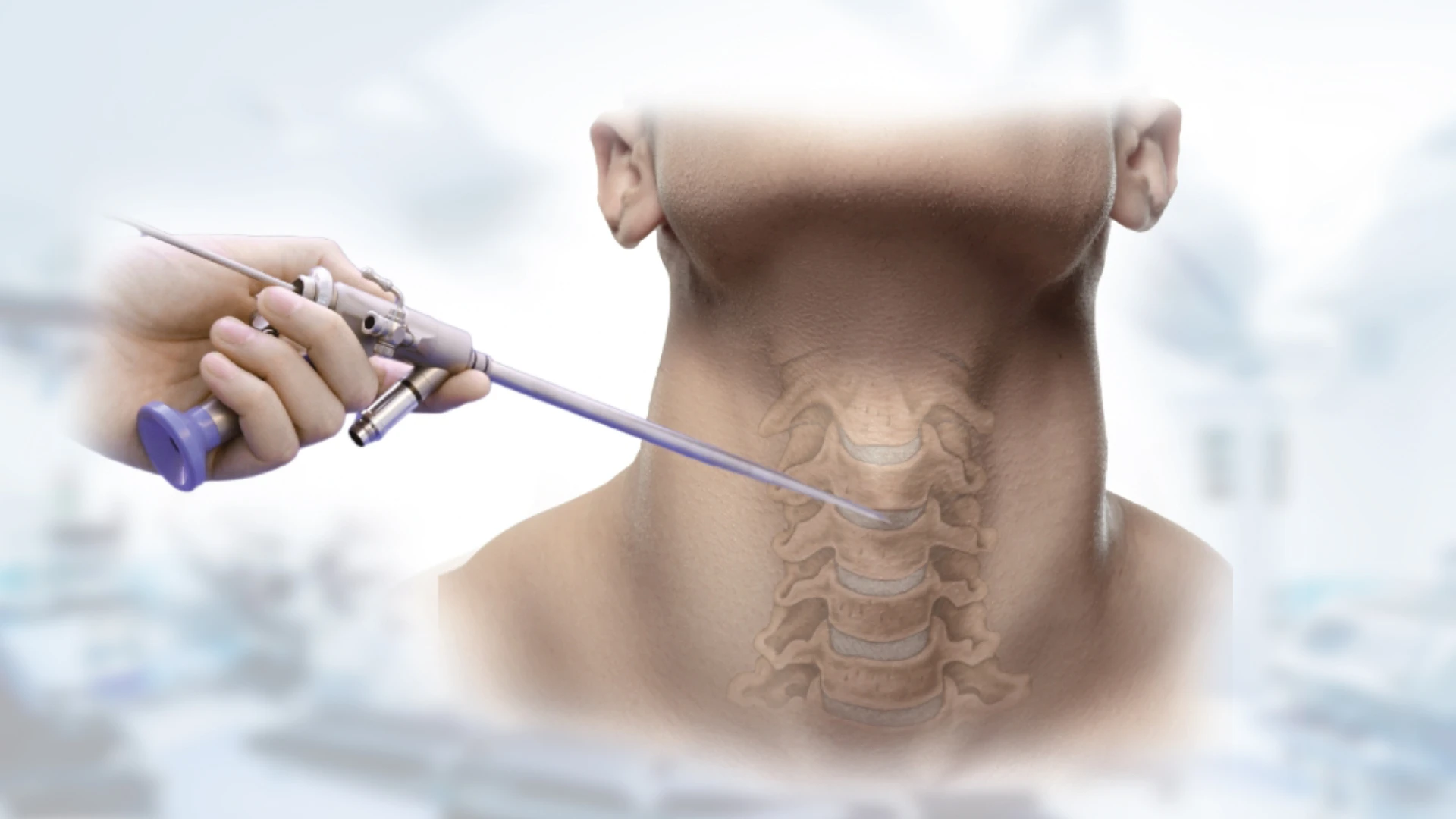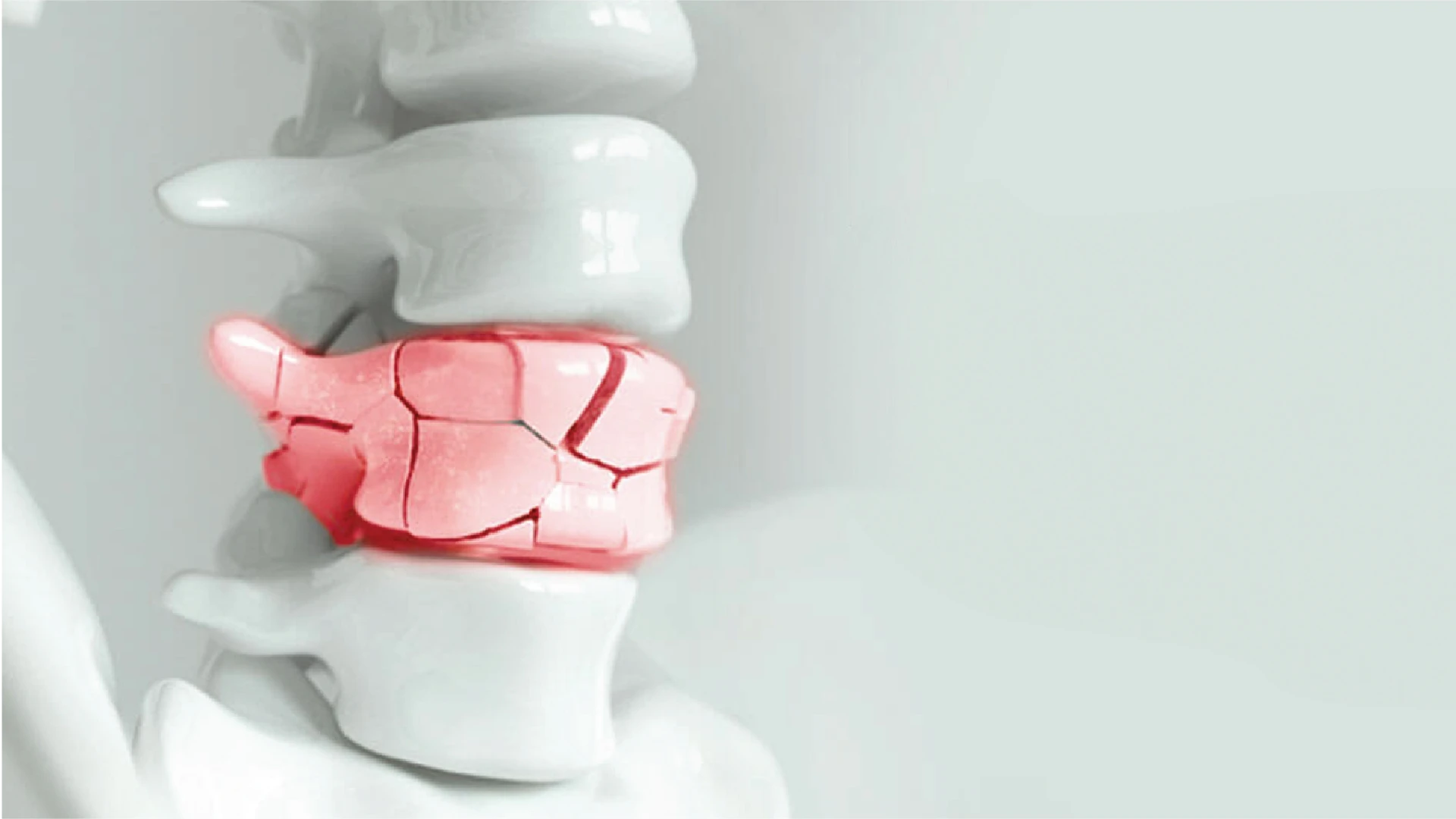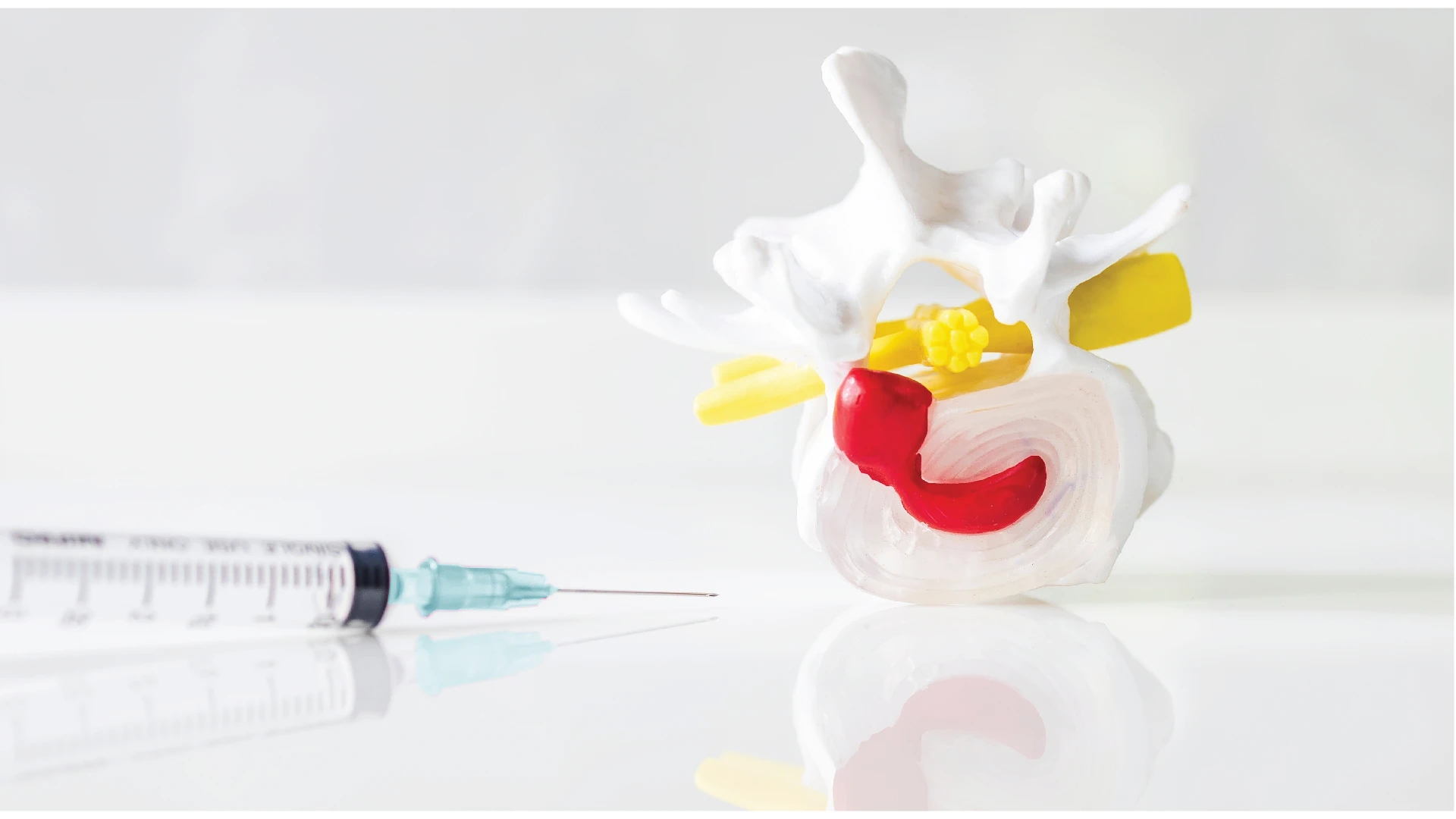หมอนรองกระดูกปลิ้น: เมื่อความเจ็บปวดคุกคามคุณภาพชีวิต


หมอนรองกระดูกปลิ้นคืออะไร?
หมอนรองกระดูกปลิ้น หรือที่แพทย์เรียกว่า “Herniated Disc” เกิดขึ้นเมื่อหมอนรองกระดูกที่อยู่ระหว่างกระดูกสันหลังเคลื่อนออกมากดทับเส้นประสาท ส่งผลให้เกิดอาการปวดคอหรือหลัง และในกรณีรุนแรงอาจนำไปสู่ความพิการได้
อาการที่บ่งบอกว่าคุณอาจมีปัญหาหมอนรองกระดูกปลิ้น
- ปวดหลังส่วนล่างหรือปวดคอ
- ปวดบริเวณก้นหรือสะโพก ร้าวลงขา (อาการของเส้นประสาทไซแอติก)
- ชาหรือรู้สึกเสียวแปลบเหมือนไฟช็อต ร้าวลงแขนหรือขา
- มีปัญหาในการก้มตัวหรือยกของ
- การทรงตัวผิดปกติ
- กล้ามเนื้ออ่อนแรงหรือมีปัญหาเกี่ยวกับการขับถ่าย (ในกรณีที่เส้นประสาทถูกกดทับเป็นเวลานาน)
ใครบ้างที่มีความเสี่ยง?
- ผู้สูงอายุ
- ผู้ที่สูบบุหรี่จัด
- ผู้ที่ออกกำลังกายหนักเกินไปหรือไม่ออกกำลังกายเลย
- ผู้ที่มีพฤติกรรมเสี่ยง เช่น ยกของหนัก นั่งนาน ๆ หรือก้มหน้าใช้โทรศัพท์เป็นเวลานาน
- ผู้ที่เคยประสบอุบัติเหตุ เช่น ตกจากที่สูงหรือล้มกระแทกพื้น
- ผู้ที่มีน้ำหนักเกินมาตรฐาน
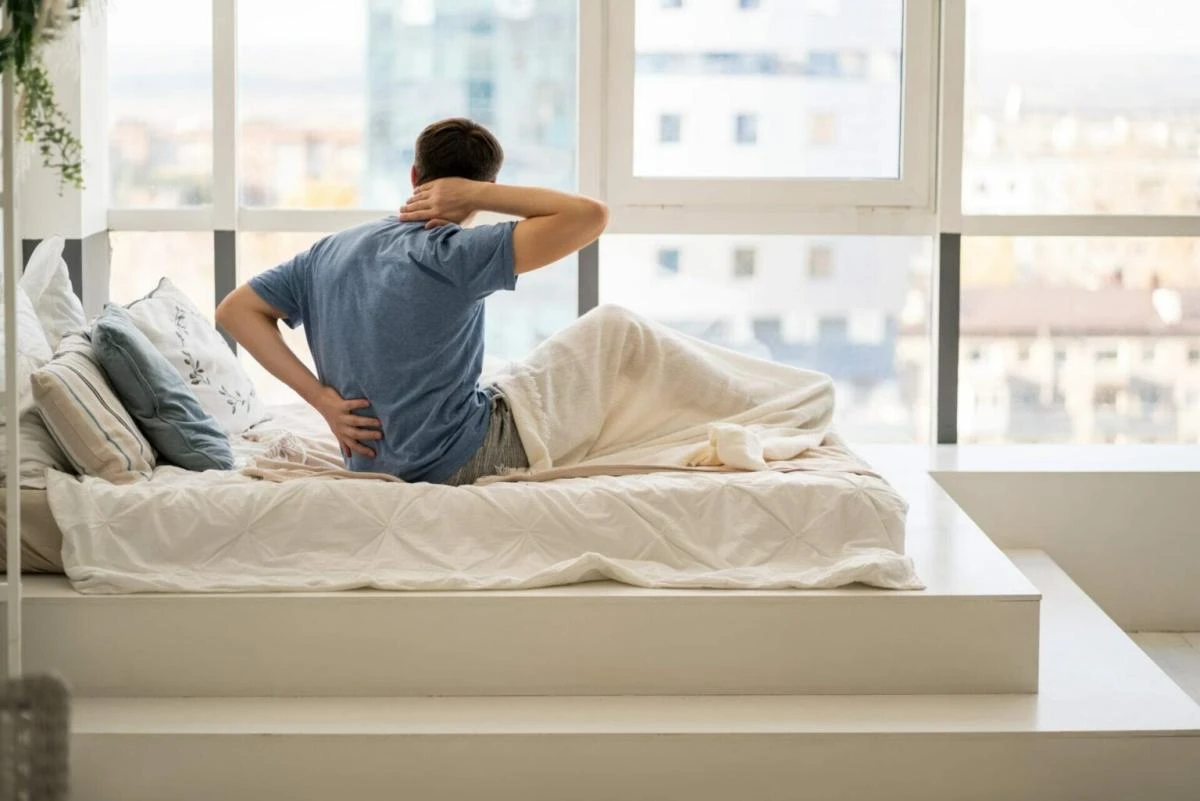
วิธีบรรเทาอาการด้วยตนเองเบื้องต้น
1.พักการใช้งานส่วนที่ปวด: หยุดกิจกรรมที่ทำให้เกิดอาการปวด และค่อย ๆ ยืดเหยียดกล้ามเนื้อเพื่อลดอาการตึง
2.ใช้ยาแก้ปวด: รับประทานยาแก้ปวดในกลุ่ม NSAIDs ตามคำแนะนำของแพทย์
เมื่อไหร่ควรพบแพทย์?
1.อาการไม่ดีขึ้นหลังรับประทานยาหรือทำกายภาพบำบัด
2.อาการปวดรุนแรงขึ้นหลังการรักษา
3.มีอาการชาหรืออ่อนแรงตามร่างกาย
การวินิจฉัยโรคหมอนรองกระดูกปลิ้น
แพทย์ผู้เชี่ยวชาญจะทำการตรวจร่างกายเบื้องต้น ร่วมกับการใช้เทคโนโลยีทางการแพทย์:
1.การถ่ายภาพรังสี (X-ray)
2.การตรวจด้วยคลื่นแม่เหล็กไฟฟ้า (MRI)
ซึ่งช่วยให้แพทย์วินิจฉัยได้แม่นยำและวางแผนการรักษาได้ตรงจุด
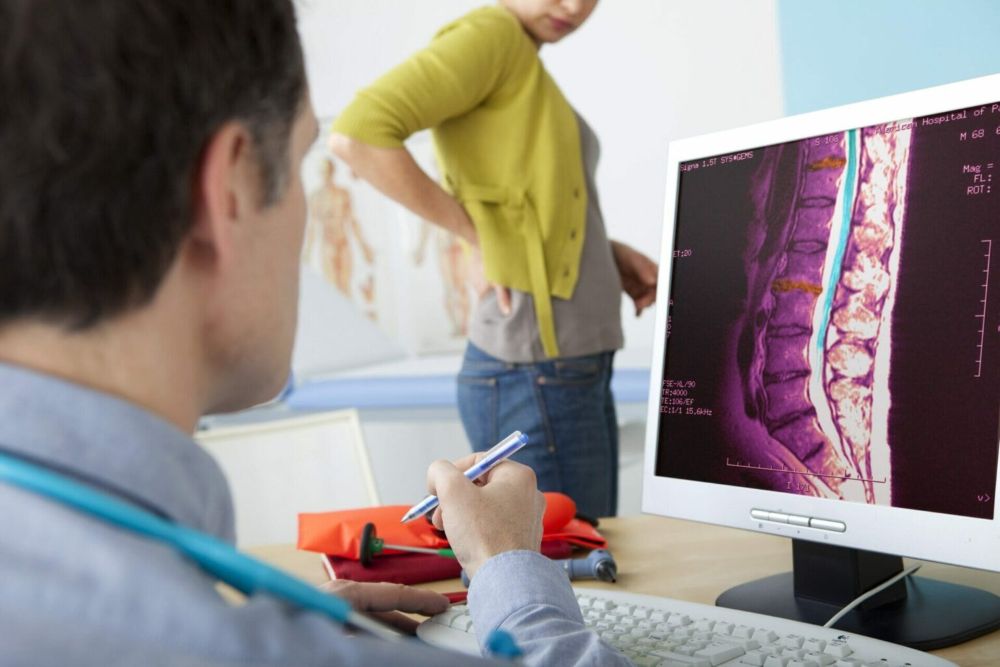
การรักษาหมอนรองกระดูกปลิ้น
ขึ้นอยู่กับความรุนแรงของอาการ แพทย์อาจพิจารณาวิธีการรักษาดังนี้
1.การฉีดยาระงับการอักเสบ: เหมาะสำหรับกรณีที่หมอนรองกระดูกเริ่มปูดนูนหรือปลิ้นออกมาไม่มาก
2.การจี้ด้วยเลเซอร์: ใช้ในกรณีที่หมอนรองกระดูกปลิ้นเล็กน้อย
3.การผ่าตัดส่องกล้อง: สำหรับกรณีที่หมอนรองกระดูกปลิ้นมากและกดทับเส้นประสาท
เทคนิคการผ่าตัดแบบ MIS (Minimally Invasive Surgery)
โรงพยาบาล เอส เชี่ยวชาญในการรักษาด้วยวิธี MIS-Spine ซึ่งมีข้อดีหลายประการ
1.แผลผ่าตัดมีขนาดเล็ก
2.เจ็บตัวน้อย
3.ปลอดภัยสูง
4.ฟื้นตัวเร็ว (ผู้ป่วยสามารถกลับบ้านได้ภายใน 1 คืน)
เทคนิคนี้ใช้กล้องเอ็นโดสโคปที่มีความแม่นยำสูง ทำให้แพทย์สามารถมองเห็นและรักษาเฉพาะจุดที่มีปัญหาได้อย่างมีประสิทธิภาพ
ทำไมต้องเลือกโรงพยาบาลเอส สไปน์?
1.มีทีมแพทย์ผู้เชี่ยวชาญเฉพาะทางด้านกระดูกสันหลัง
2.ใช้เทคโนโลยีการรักษาที่ทันสมัย เช่น MIS
3.มีประสบการณ์สูงในการรักษาโรคหมอนรองกระดูกปลิ้น
4.เน้นการรักษาแบบเจ็บตัวน้อย ฟื้นตัวเร็ว
หากคุณกำลังทุกข์ทรมานจากอาการปวดหลังหรือคอ และสงสัยว่าอาจเป็นโรคหมอนรองกระดูกปลิ้น อย่าปล่อยให้อาการลุกลาม พบแพทย์ผู้เชี่ยวชาญเพื่อรับการตรวจวินิจฉัยและวางแผนการรักษาที่เหมาะสมได้ที่โรงพยาบาล เอส สไปน์ เพื่อคุณภาพชีวิตที่ดีขึ้นอย่างยั่งยืน
Read More
Related Services

No. 2102/9 Ladprao Road, Wang Thonglang Subdistrict, Wang Thonglang District, Bangkok 10310
Call : +66 2-034-0808Our Services
Quick Menu
Copyright © 2025 S Spine and Joint Hospital. All right reserved


